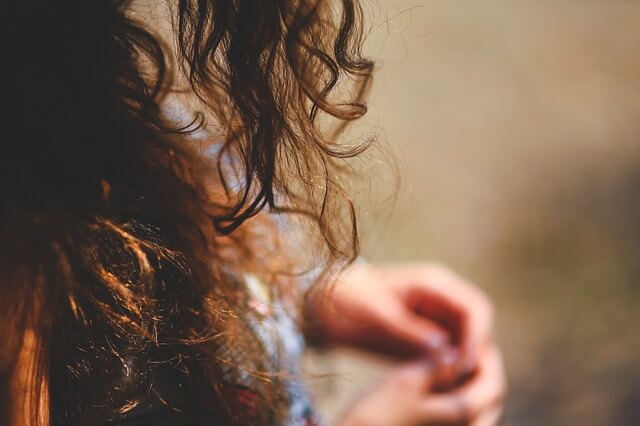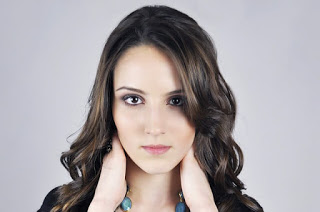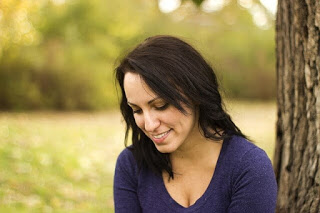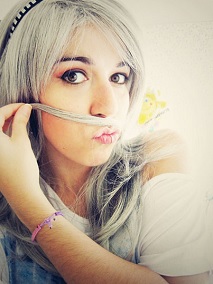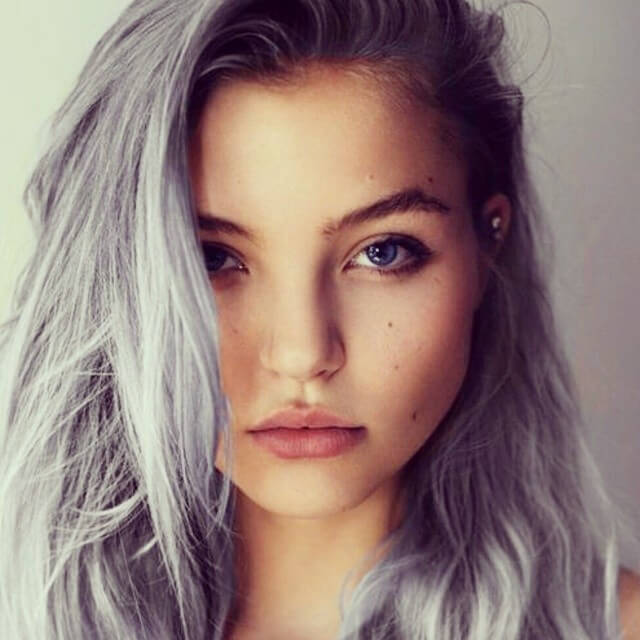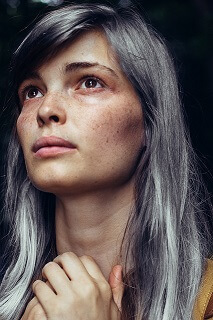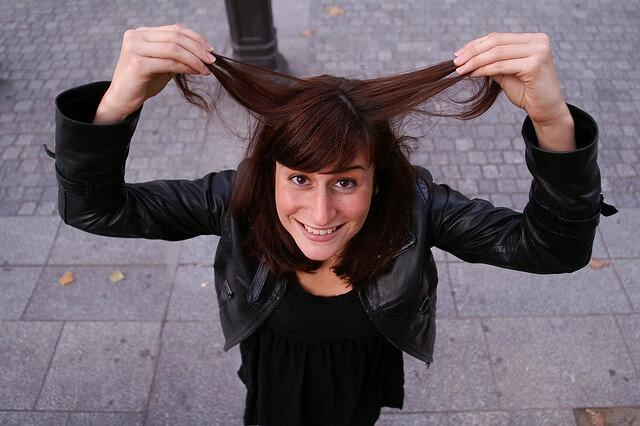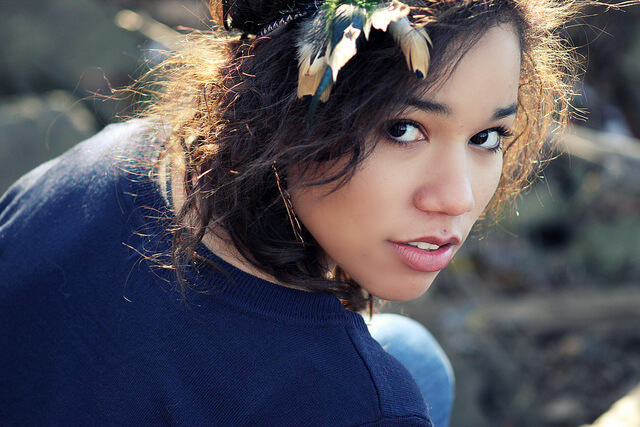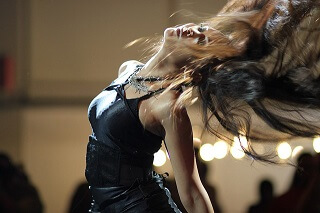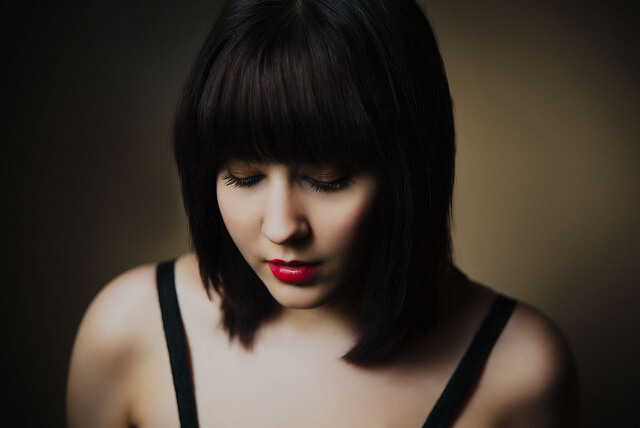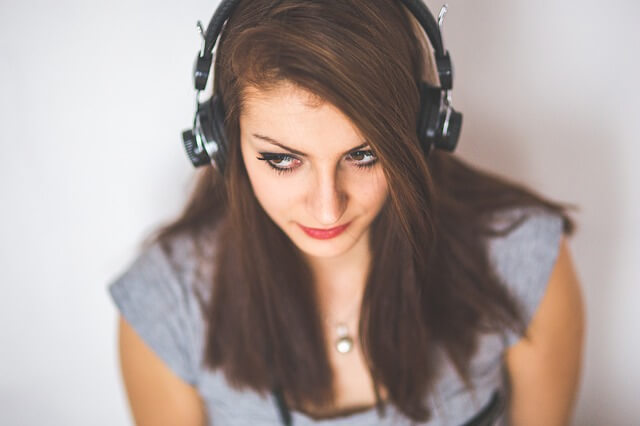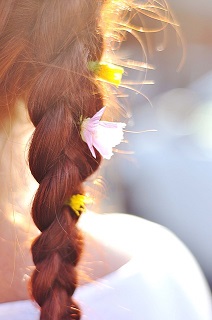 If you have oily hair, chances are you're frustrated with how often it needs to be washed in order to keep it looking and feeling great. Time is precious, and you want to spend it doing the things you actually want to do, and with the people you love. For this reason, dry shampoo is one of the best ways to keep your hair clean between actual shampooing, but is dry shampoo bad for your hair?
If you have oily hair, chances are you're frustrated with how often it needs to be washed in order to keep it looking and feeling great. Time is precious, and you want to spend it doing the things you actually want to do, and with the people you love. For this reason, dry shampoo is one of the best ways to keep your hair clean between actual shampooing, but is dry shampoo bad for your hair?What is dry shampoo?
Dry shampoo is a powder-based product that is designed to coat hair and absorb oil and dirt. This allows you to keep your hair looking clean between washes by trapping the oil and other impurities that would otherwise affect the appearance and texture of your hair.
In most cases, a form of starch is used as the absorbent powder. In some cases, talcum powder may be used instead. This powder is able to be sprayed over your hair like hairspray due to the inclusion of propellants like butane, making it simple to apply and spread around.
Dry shampoo vs regular shampoo
A regular shampoo works in a similar way to a dry shampoo in that oil and dirt is absorbed by the product. The main difference however is that regular shampoo is rinsed out of your hair with plenty of water to remove both the product and the impurities it has emulsified.
Dry shampoo can be brushed out of your hair after use to remove some of the oil that has bound to the powder, but much of it will remain in your hair, making it a temporary measure that can extend the time you can go between washes without your hair looking and feeling oily.
It's not an alternative to normal shampooing, but rather, a way to go longer before you need to expend the time again to wash, dry, and style your hair. Consider it both a product that extends your shampoo results, as well as an emergency measure when you need your hair to look good but don't have the time to properly wash it.
Ingredients in dry shampoo
The fact that dry shampoo remains in contact with the scalp is what prompts many people to ask the question: is dry shampoo bad for your hair? It is perfectly sensible to consider this when a product will be in constant contact with your skin as certain chemicals are actually able to be absorbed into systemic circulation through skin contact, meaning they absorb into your bloodstream.
The chemicals used in dry shampoo are not overly dissimilar to hairspray and deodorant in that alcohol and propellants are the main carrier ingredients used. These kinds of chemicals are hydrocarbons that are a gas at room temperature, but liquid when compressed under pressure within a container.
When dry shampoo is sprayed, these ingredients are released into a lower pressure environment, causing them to quickly transition back into gas. The powder is distributed evenly, but the chemicals used to achieve this vaporize and don't remain in contact with your skin afterwards.
As for the ingredients in dry shampoo that do remain in contact with your skin, this is a combination of starch or talcum powder, and fragrance; none of which have any overly negative effect on your body. Pesticide use during the production of grain-based starches is the main issue present where a natural starch is used, such as that derived from wheat, corn, or rice, but this can be avoided through the use of an organic dry shampoo if you're sensitive to pesticides or simply want to avoid them.
Other potential problems

The ingredients used in dry shampoo are very safe, but there can be other reasons why it's bad for your hair in some situations. The main issues with the use of a dry shampoo are using it too often or for too long, and using too much of the actual product.
Dry shampoo contains alcohol in most cases, and whilst this evaporates off within seconds, it does strip water out of your hair when this happens. The intended effect of dry shampoo is to strip oil off the surface of your hair or bind to it to prevent it from affecting your hair, but the alcohol can have a secondary effect of leaching the moisture out from within your hair.
This moisture inside the hair shaft is important to your hair's condition and strength, and the loss of it is partly behind the frizz and dryness that is seen in damaged hair when the surface of the hair is damaged and moisture can't be maintained properly where it is meant to be. Hair that is suffering from internal dryness can be brittle and its elasticity and strength suffers as a result.
However, this drying effect requires the use of a lot of product, making dry shampoo perfectly safe to use as long as it's not used too often or too liberally. For the best results, only apply as much as needed to make your hair presentable and don't try to drag this out for days on end. Use the product more as a stop-gap solution and your hair will remain healthy and strong.
Natural hair care tip: Use organic corn starch as a dry shampoo. Free of all chemicals and pesticides, it can be used in an oily hair emergency to cut down on enough oil to get through another day when you don't have time to wash your hair.
Simply sift, then apply powder by hand, focusing on root to mid-lengths where oil is most concentrated. Massage it through with a dry towel, brush and then comb any excess out so that the powder can't be felt or seen.
Simply sift, then apply powder by hand, focusing on root to mid-lengths where oil is most concentrated. Massage it through with a dry towel, brush and then comb any excess out so that the powder can't be felt or seen.
More information
- Starting a hair care regime - Want to know which products to use for healthy hair, and how often to use each product? Discover the right treatments for hair problems or repair and start a care routine today...
- How to get healthy hair - Find out how to get healthier hair and treat the most common hair conditions like dryness, frizz, and snapping...
- How to restore bleached hair - Weak hair from dyeing or bleaching? Find out how to repair it back to good condition...
Is dry shampoo bad for your hair? Have you had problems with products like this? Leave a comment to share your experience...
